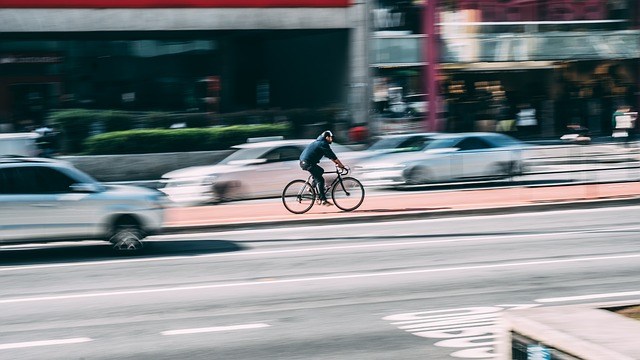Mobility organisation Touring has unveiled an "alternative" cycling plan for Brussels which does not require the removal of car lanes or parking spots.
Touring's said their new plan responds to the growing necessity to provide more space and safety for active forms of mobility in the city while at the same time avoiding disturbances to drivers.
The plan comes as an alternative to recent moves by Brussels officials who as part of their post-pandemic strategy, scrapped car and parking lanes in major roads in the city in favour of dozens of new km of cycling paths, in what Touring called an "inefficient and dangerous" strategy.
Related News
- Belgium sees increase in hostility towards cyclists
- Work begins on cycle highway to Brussels Airport
- Women Bike the City: new fresco seeks to boost female cycling in Brussels
While the move was promoted as part of a wider plan to improve cycling infrastructure in the Belgian capital, some of the new lanes prompted chaos and sparked concern that not enough planning had been done before going forward with the move.
Touring said that it was favourable to promoting biking and other forms of active mobility in the city but "not in a haphazard way," according to the Belga news agency.
"The ultimate goal is to ensure users circulate fluidly on the road. The banning of vehicle traffic on some roads amounts to a policy of discouragement that is inefficient and dangerous," Touring said.
In their proposed plan, Touring suggested that streets that run parallel to main roads be the ones transformed into cycling-only roads, which would be safer as cyclists would avoid going through traffic-heavy roads.
In the overall plan, Touring proposed five alternative bike itineraries for the cycling lanes of Rue de La Loi, Avenue Cortenbergh, Avenue Charles-Quint and for the boulevards of Sylvian Dupuis, Maria Groeninckx-De Mey, Louis Schmidt and Lambermont.
The organisation also said that these roads are "not as direct, but not that much longer" and that they are safer because the pavement on the road is smoother, there are usually less parked cars and there are less crossroads.
Gabriela Galindo
The Brussels Times

